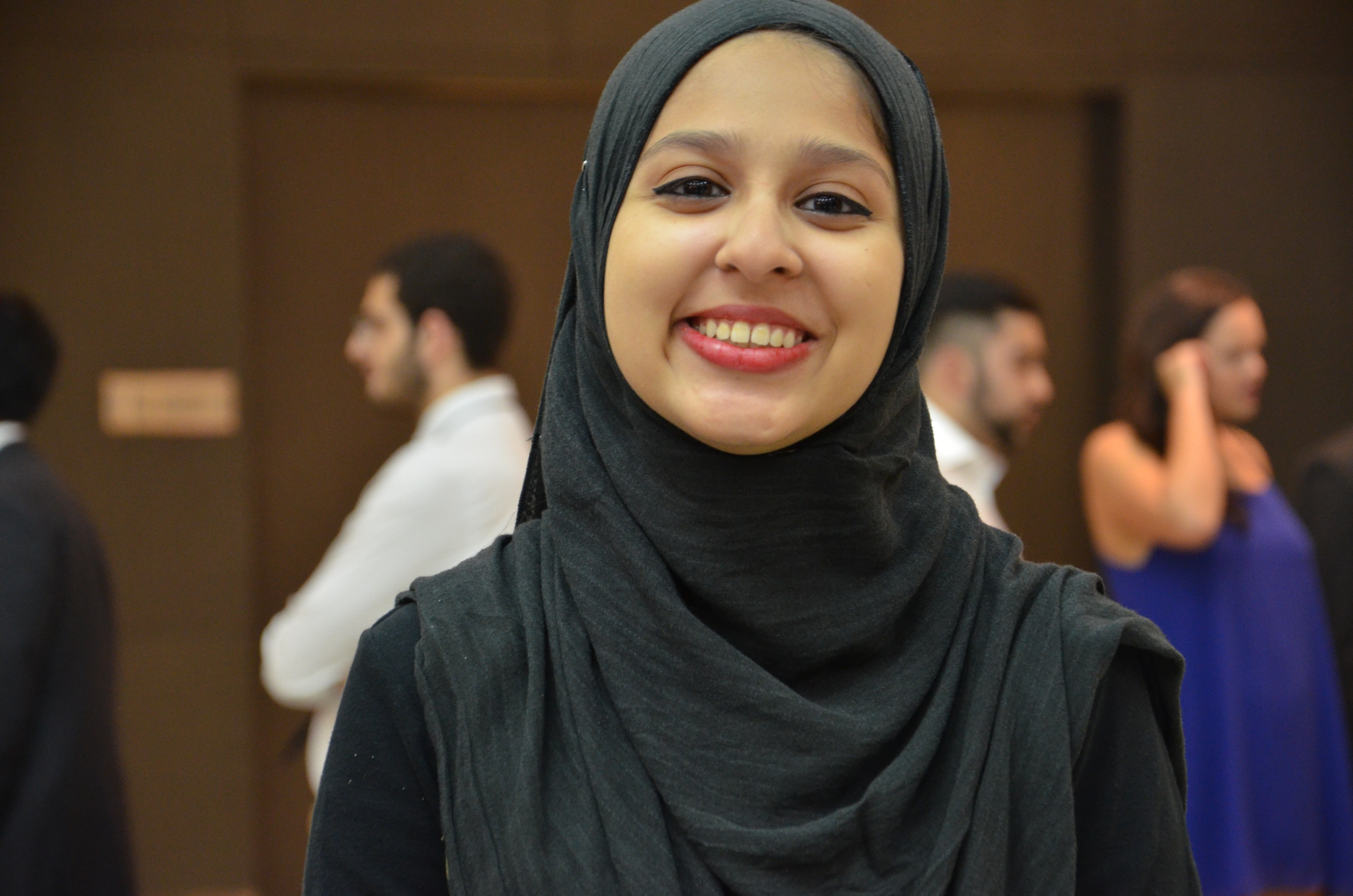
5 Pakistani dishes that are actually firangi and not riwayati ..
Prepare to be completely heartbroken when you go through this list and realize that so many dishes that you consider typically Pakistani did not actually originate in Pakistan.

Be it during the month of Ramazan where the samosa is an absolute necessity or as the standard evening snack, or as the food you buy when you’re out shopping in the bazaars, the Indo-Pak community has turned the samosa into a delicacy. Our vast consumption of this crispy, mouth-watering snack has led many of us to believe the samosa truly belongs to us. Little do we know the samosa’s origins are considered to be in the Middle East where it is actually called “sambosa.” While the ‘sambosa’ came to life before the 10th century, it only traveled to our region through Central Asia around the 13th century where it changed its name to samosa!

Any and every occasion calls for this burst of sugary goodness! Nothing encapsulates Desi dessert better than these supposedly traditional sugar bombs. As a Pakistani, the concept of “moon meetha karna” is almost synonymous with stuffing everyone’s face with these sweet balls of happiness. Unfortunately, it is believed that gulaab jamun originated in the Persian and Mediterranean region. This not-so-desi delight also has a sister in the Middle East called luqmat-al-qadi but sadly neither of the two regions can truly take credit for coming up with this sugary cure to a bad day.
If you’re a Pakistani, you either LOVE lobia or HATE it – there’s no in between. But regardless of your feelings toward this very homely dish, you were always sure it was native to your region because of the frequency and consistency with which it was made at your own house (and your khala’s, nani’s, phupho’s houses and basically every other household in the country). This dish too however is not a traditional Pakistani dish. In fact, the red kidney bean was brought to the Indian subcontinent from Mexico and the basic recipe for lobia also has some overlaps with traditional Mexican recipes for preparing red kidney beans.
Seeing this on the list hurt a little, didn’t it? All of us have a wole host of memories associated with jalebi; whether it involves being fascinated by its bright color and when we were kids or eating it on the streets when we were older or eating it at home with your evening chai, jalebi’s are a huge part of our culture. The next time you get the sweet, heart-melting whiff of this fried sugary goodness, remember that it actually hails from West Asia and the word jalebi itself is a modification of the Arabic word “zulabiya” or the Persian word “zalibiya.” The dish was brought to the Indian subcontinent by the Persians and had a documented presence in the local cuisine by the 15th century.

And if you are looking for a recipe for these as well as other Pakistani dishes you can always go to Desi Appetite – your one stop solution to all food queries.
Image Sources:
www.ulmcampaigns.net
www.pankajbhadouria.com
www.wordpress.com
www.rajbhog.com
www.htv.pk
www.stilettomaniac.com
1. Samosa

Be it during the month of Ramazan where the samosa is an absolute necessity or as the standard evening snack, or as the food you buy when you’re out shopping in the bazaars, the Indo-Pak community has turned the samosa into a delicacy. Our vast consumption of this crispy, mouth-watering snack has led many of us to believe the samosa truly belongs to us. Little do we know the samosa’s origins are considered to be in the Middle East where it is actually called “sambosa.” While the ‘sambosa’ came to life before the 10th century, it only traveled to our region through Central Asia around the 13th century where it changed its name to samosa!
2. Gulaab Jamun

Any and every occasion calls for this burst of sugary goodness! Nothing encapsulates Desi dessert better than these supposedly traditional sugar bombs. As a Pakistani, the concept of “moon meetha karna” is almost synonymous with stuffing everyone’s face with these sweet balls of happiness. Unfortunately, it is believed that gulaab jamun originated in the Persian and Mediterranean region. This not-so-desi delight also has a sister in the Middle East called luqmat-al-qadi but sadly neither of the two regions can truly take credit for coming up with this sugary cure to a bad day.
3. Lobia

If you’re a Pakistani, you either LOVE lobia or HATE it – there’s no in between. But regardless of your feelings toward this very homely dish, you were always sure it was native to your region because of the frequency and consistency with which it was made at your own house (and your khala’s, nani’s, phupho’s houses and basically every other household in the country). This dish too however is not a traditional Pakistani dish. In fact, the red kidney bean was brought to the Indian subcontinent from Mexico and the basic recipe for lobia also has some overlaps with traditional Mexican recipes for preparing red kidney beans.
4. Jalebi

Seeing this on the list hurt a little, didn’t it? All of us have a wole host of memories associated with jalebi; whether it involves being fascinated by its bright color and when we were kids or eating it on the streets when we were older or eating it at home with your evening chai, jalebi’s are a huge part of our culture. The next time you get the sweet, heart-melting whiff of this fried sugary goodness, remember that it actually hails from West Asia and the word jalebi itself is a modification of the Arabic word “zulabiya” or the Persian word “zalibiya.” The dish was brought to the Indian subcontinent by the Persians and had a documented presence in the local cuisine by the 15th century.
5. Daal Chaawal

For us Pakistanis, what could possibly represent home-cooked food more powerfully than a hot plate of daal chaawal? Desis grow up on this feel-good meal and together the two simple components, daal and chaawal are a match made in heaven! With or without achaar, this meal is everyone’s comfort food and you can’t imagine your life without it. But regardless of this dish symbolizing home and culture for you, daal chaawal originated in Nepal from through which it entered the Indian subcontinent and made its ever-present mark in every Pakistani home where it is consumed almost on a daily basis.

And if you are looking for a recipe for these as well as other Pakistani dishes you can always go to Desi Appetite – your one stop solution to all food queries.
Image Sources:
www.ulmcampaigns.net
www.pankajbhadouria.com
www.wordpress.com
www.rajbhog.com
www.htv.pk
www.stilettomaniac.com
Inline popup











